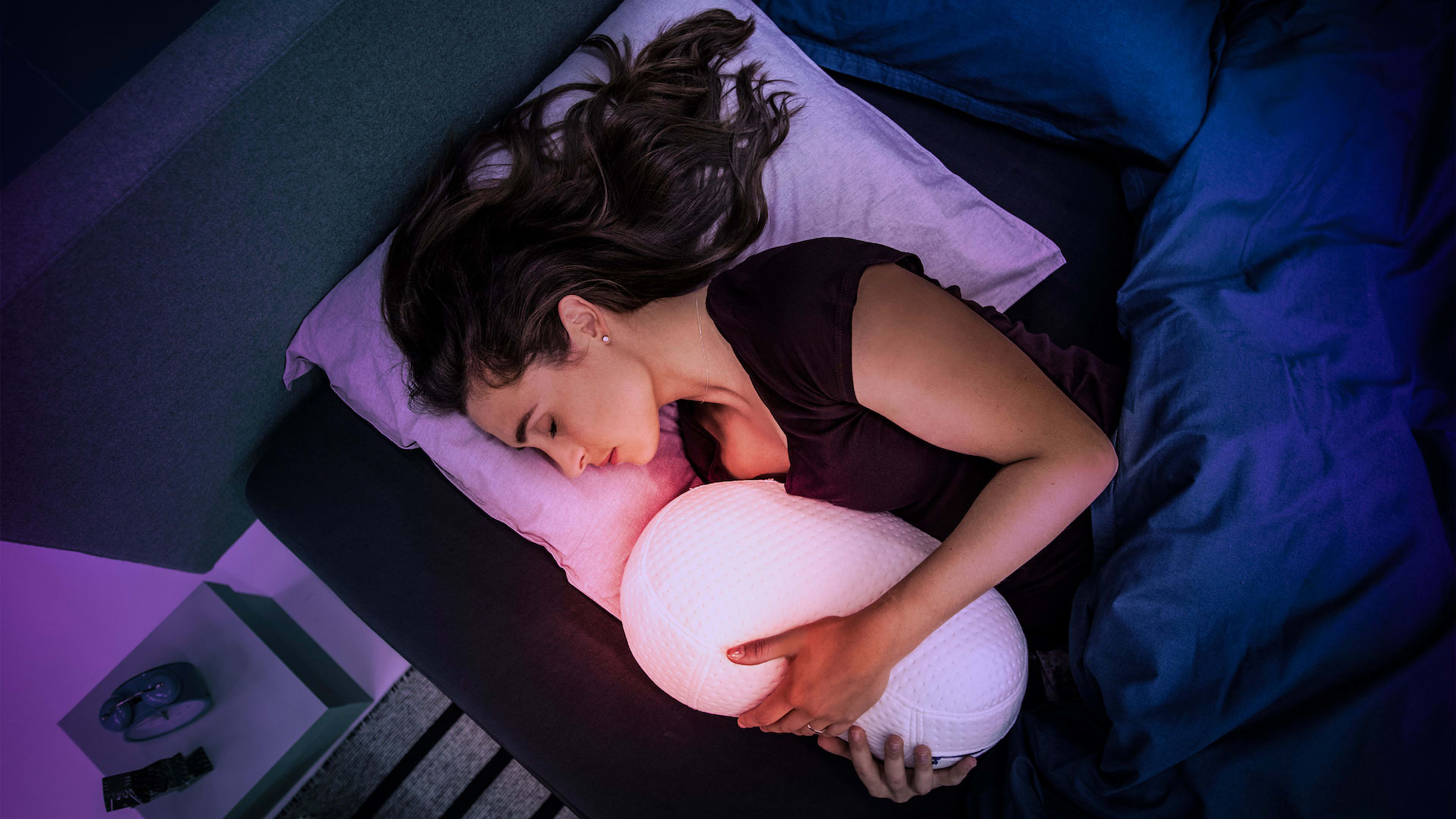There are advantages to sleeping with a robot. For one thing, it won’t kick you in the middle of the night.
It will obediently snuggle with you till you’ve had your fill. When you need your space, simply throw it to the other side of the bed–with no hurt feelings. At any point, you can control the robot’s body. Is his breathing too strong? His talk too loud? All can be adjusted with a simple dial.
The best part? It doesn’t snore.
Meet the Somnox sleep robot, a football-sized companion made to help relax you to sleep. The soft-to-touch bot murmurs with a slowed breathing rhythm, subconsciously lulling users to a meditative breathing speed. It comes with integrated audio with Enya-eqsue celestial sounds and white noise, but if that’s not your bag, you can upload whatever calming audio you’d like, be it lullabies, bird sounds, or Jeff Goldblum’s voice.
In a lot of ways, it’s like a Teddy Ruxpin for insomniacs.
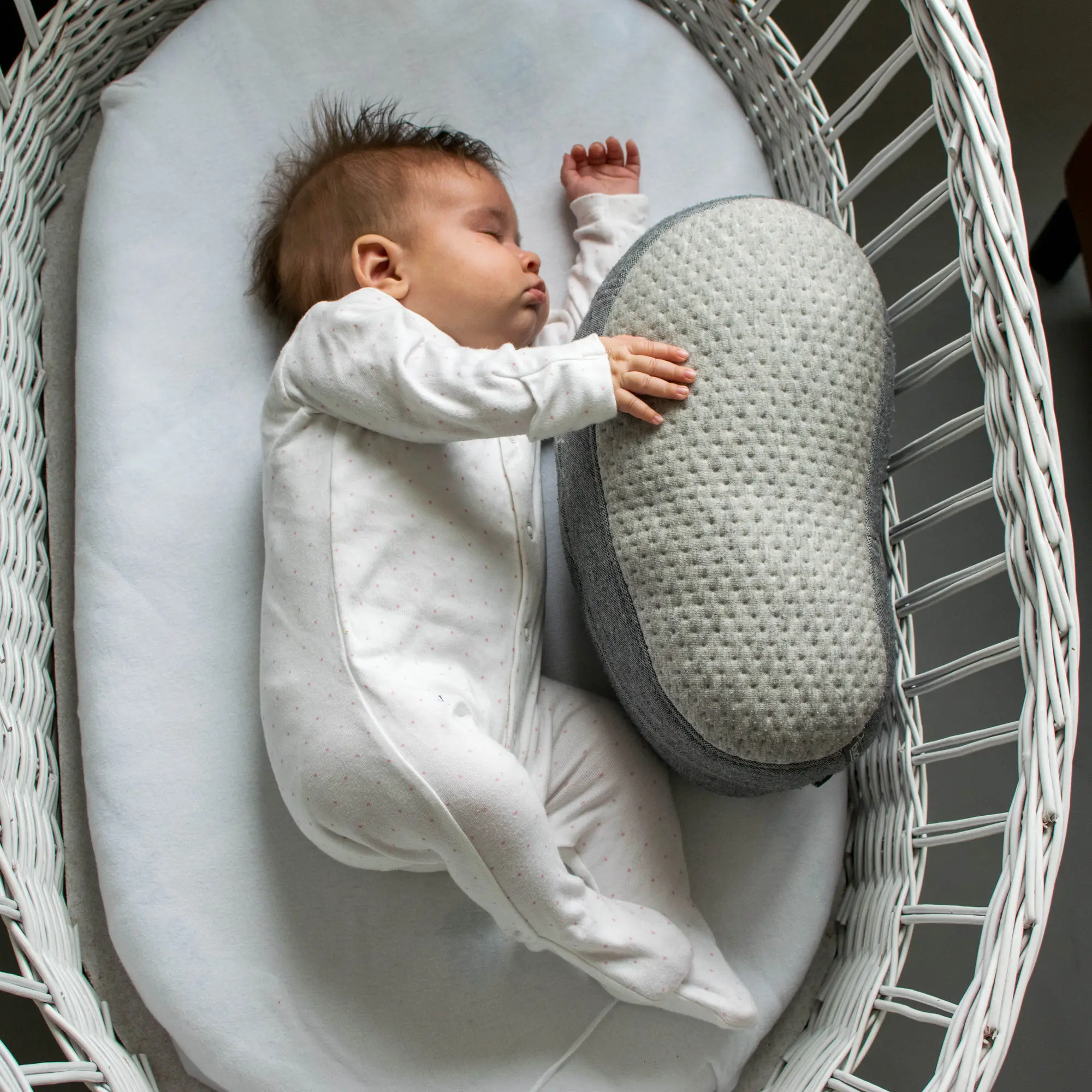
Indeed, in a market saturated with smart pillows, wearables, and sleep trackers like the Beddit mattress sensor and Oura ring, the Somnox sleep robot feels like an innovative solution to what the Centers for Disease Control and Prevention calls a public health epidemic. Roughly 35% of Americans sleep less than seven hours per night during the workweek. The National Sleep Foundation attributes this to a variety of reasons, including psychiatric and medical conditions, unhealthy sleep habits, tech-induced interference, stress, or certain biological factors.
As such, Silicon Valley experienced a flush of startups attempting to help consumers get some shut-eye. The global sleep aids market is estimated to reach $76.7 billion by 2019, according to BCC Research. This year’s Consumer Electronic Show boasts an entire section just for sleep tech.
“It’s a trending market,” says Jagtenberg. “The problem is huge and the solutions are minimal.” He says he’s now ready to take on the greater insomniac community: “Our mission is to help 100,000 people achieve a good night’s rest by 2025 with the world’s best natural sleep inducing solution.”
Solving Sleep With Soft Robotics
Julian Jagtenberg never meant to launch a startup.
In early 2015, he was studying industrial design engineering within the Robotics Institute at Delft University of Technology in the Netherlands. It was while researching soft robotics that his mother began to complain of sleep issues. It wasn’t that she couldn’t fall asleep; rather, she repeatedly woke up in the middle of the night and was so stressed over getting back to sleep that she couldn’t.

The engineer built a prototype based on studies of what calms anxious sleepers: breathing as as a source of deep relaxation as well as soothing sounds.
A 2015 study by researchers at UCLA in the journal JAMA Internal Medicine, for example, found that mindful meditation helps adults fall and stay asleep better than those who went through sleep hygiene education intervention (i.e., changing daily behaviors and other factors believed to be causing sleep problems).
The sleep robot therefore has a slowed breathing rhythm that users follow as an interactive meditation guide. You can feel the device breathe as you hold it close–nearly identical to the physical sensation of the falling and rising of one’s chest. The robot automatically stops after about 15 minutes.
“We found that in our [trials] was that by feeling this breathing rhythm, you subconsciously adjust to it,” reports Jagtenberg, “so you start breathing [differently] without even thinking about it . . . That is a really powerful tool to get you to breathe like a Buddhist monk in just a couple of minutes.”
While I don’t suffer from severe insomnia, I did find that the sleep robot relaxed me in the same way a hot bath does. It’s not necessarily a cure-all, but it sure did feel good. That it was huggably cute helped, too.
Related: This Doll Gives New Parents The Gift Of Sleep
Its peanut-shaped form is purposely meant to mimic that of a fetus. Jagtenberg, along with fellow scientists at the Institute, wanted a familiar yet ergonomic form that one can easily cradle without deviating from the natural neck and shoulder alignment. The robot is covered in a soft cloth that resembles that of a mattress’s top layer, with two gleaming eyes that light up during the first few minutes of its use. The eyes are meant it make it look like a real being. It could very well be confused with a live-action Pac-Man ghost.
And while the idea of cradling a breathing object in bed might sound strange, Somnox points to a research study from the University of Connecticut that paired breathing stuffed bears with babies suffering from irregular breathing. The fuzzy helpers were shown to improve sleep quality and breathing, making for less fussy temperaments the next day.
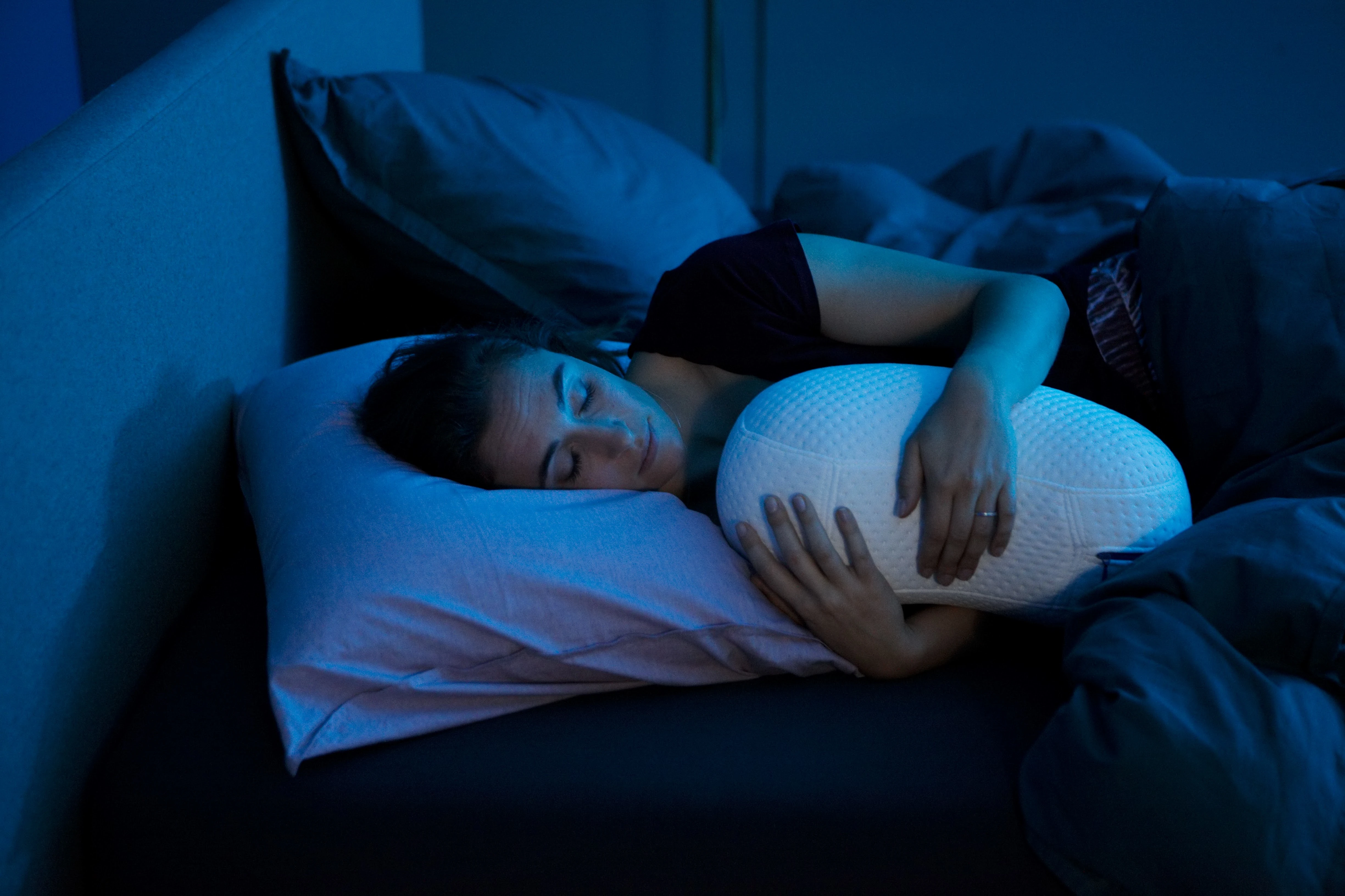
It should be noted that the robot is not intended for all sleep issues. It cannot, for example, spare you from aggravating traffic noise or a partner’s sleep apnea. Somnox built the robot specifically to ease stress-related insomnia. It’s for folks who can’t stop worrying about the next day’s to-do list.
The academic project soon turned into frenzy as friends, colleagues, and next-door neighbors asked to borrow the prototype–or order their own. Jagtenberg had set out to help his mother, but now everyone wanted their own nighttime buddy. He understood: His mother found functioning without sleep a daily challenge.
“If you chronically sleep bad, you’re not able to actually live,” says Jagtenberg, who has since interviewed hundreds of insomniacs for his project. “Sleeping is so vital to living a happy, productive life.”
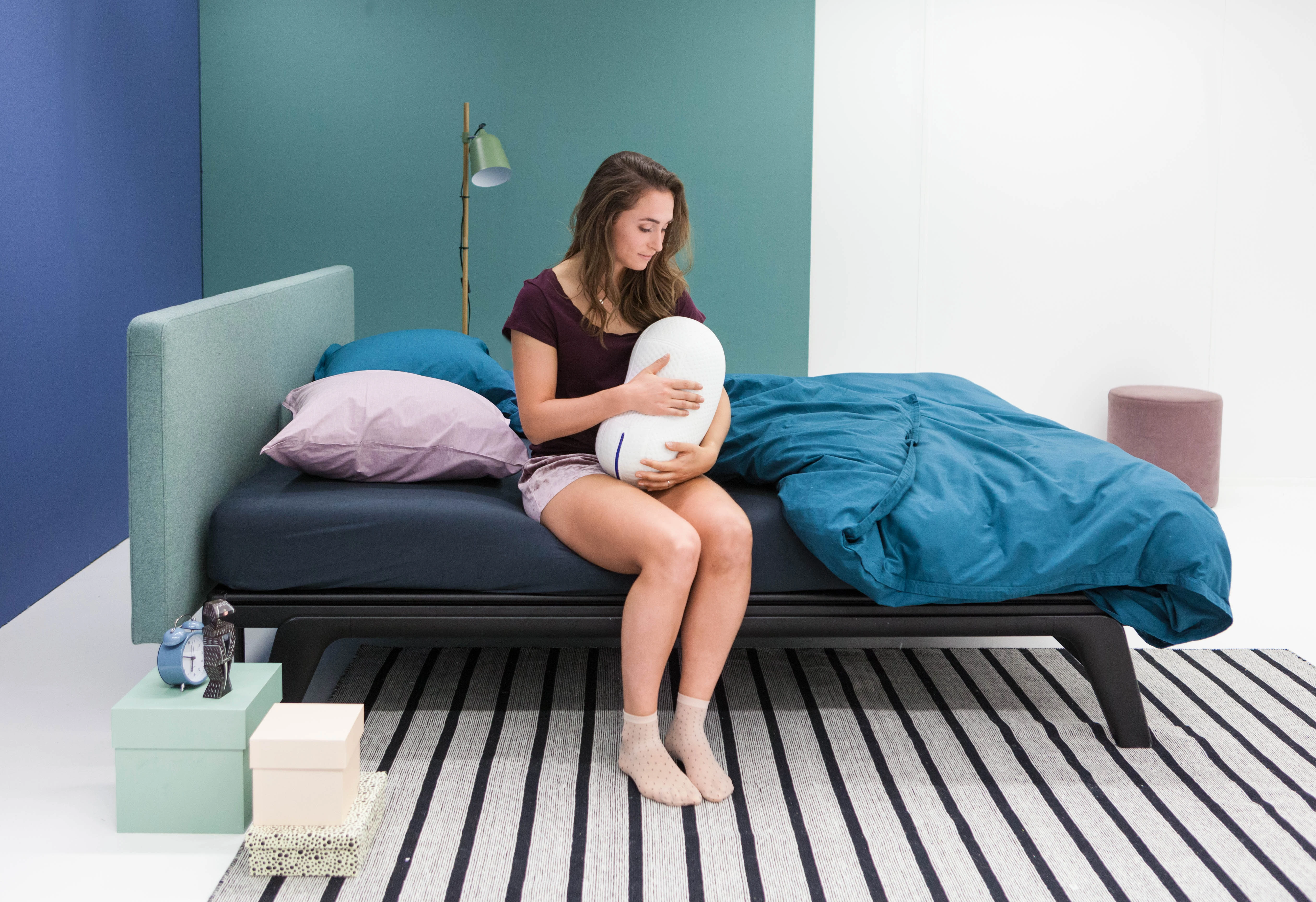
Waking Up An Entrepreneurial Spirit
In July 2015, Jagtenberg collected a team of researchers along with sleep specialists to fine-tune the invention in conjunction with the Institute. The newly launched Somnox company set up multiple testing rounds in collaboration with sleep specialists, hospitals, and doctors to test various prototypes on potential users.
Within months, friends of friends and colleagues within the robotics community tested the product. It wasn’t long until Somnox swelled to a staff of 14 and decided to launch a Kickstarter campaign. The campaign offered pledgers 40% on the future retail price, which is slated for $700. This is substantially more expensive than other advanced sleep gadgets on the market, like the $299 Re-Timer light therapy glasses or $179 sound-emitting DreamPad pillows. The sleep robot differs, however, in that it’s a combination of several products on the market–and the first of its kind.
For those who can’t afford the steep price tag (or who want to try it out before committing), the company plans to release a service lease model with monthly rental payments.
The first batch or robots, to be shipped July 2018, will also feature sleep-data trackers. Each robot will come in a small black case, much like a little Dracula coffin.
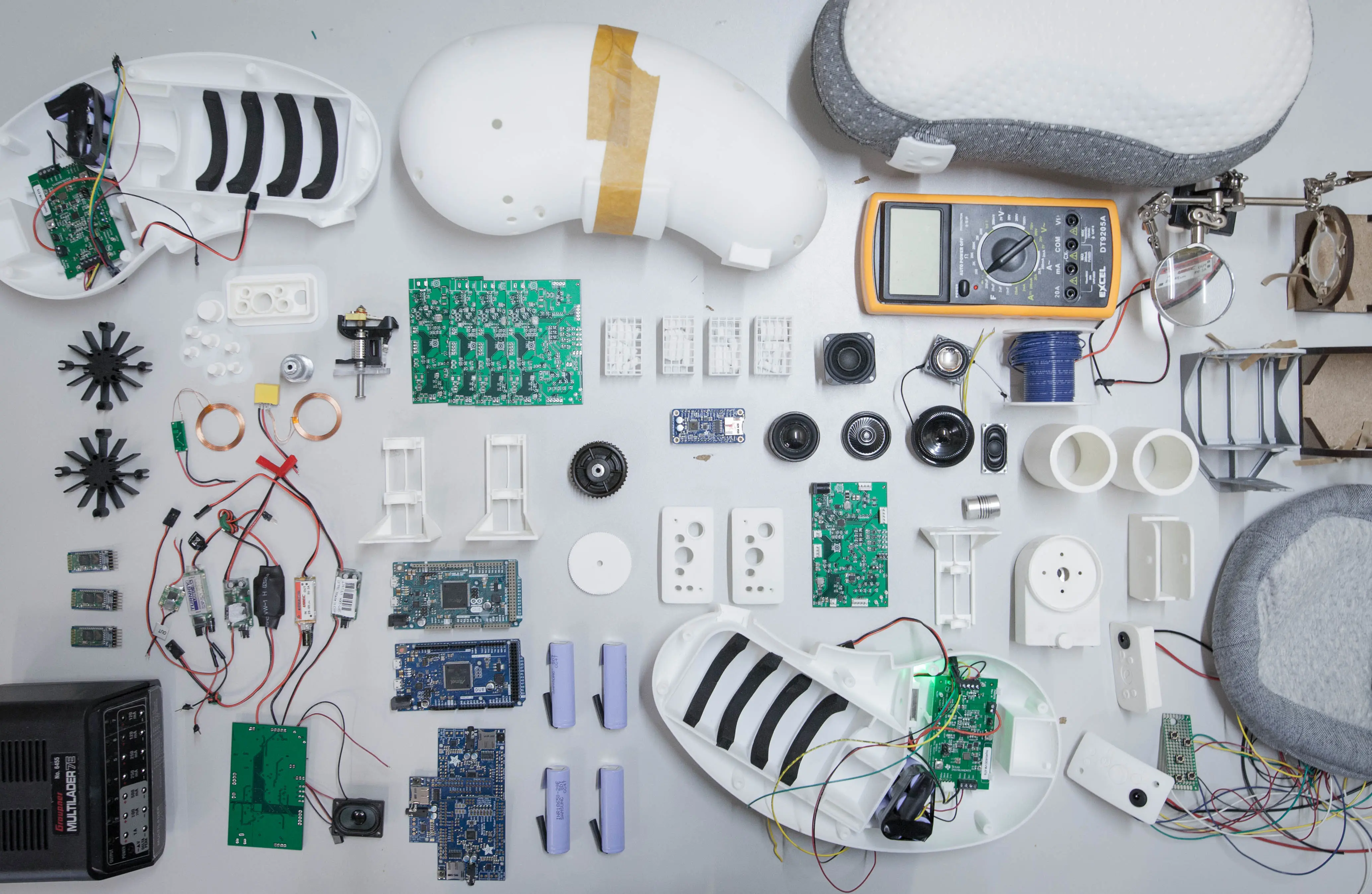
“We are planning to do this trial [this year], and that is where we will really prove to the world that it actually works,” he says.
Jagtenberg holds that Somnox has no direct competitors since no other contraption managed to cull both sensation and sound together in such a physical format. Such uniqueness is as an advantage, but at the same time, he concedes, the name sometimes serves as an obstacle: “People think it’s a sex robot.”
Although many are drawn to it for exactly that reason–it sounds intriguing. “They want to know more,” says Jagtenberg, who says many people come to the Somnox site out of sheer curiosity. With time, he hopes, word will spread and he won’t need to explain its G-rated uses. In fact, he has great goals for his Sleep Robot, which sprouted from such humble, mommy-pleasing origins.
“[When we started], we decided we didn’t want to make a gadget or gimmick. We really want to make something that is of added value–a new product category, actually,” says Jagtenberg. “We want to have the term sleep robot be something that ends up in the dictionary, just like a Walkman or an iPod.”
Recognize your brand’s excellence by applying to this year’s Brands That Matter Awards before the early-rate deadline, May 3.
